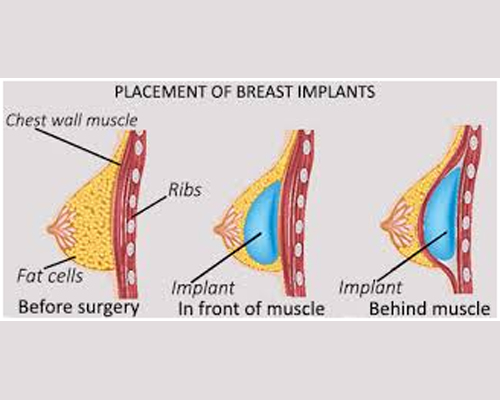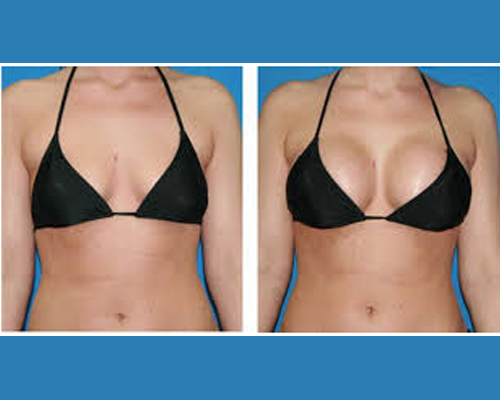
Breasts play an important role in defining the special functions of the female body and have enormous cultural significance as well. The breast is one of two prominences located on the upper ventral region of the torso of primates. In females, it serves as the mammary gland, which produces and secretes milk to feed infants. Both females and males develop breasts from the same embryological tissues.
At puberty, estrogens, in conjunction with growth hormone, cause breast development in female humans and to a much lesser extent in other primates. Subcutaneous fat covers and envelops a network of ducts that converge on the nipple, and these tissues give the breast its size and shape.
Along with their major function in providing nutrition for infants, female breasts have social and sexual characteristics. Breasts have been featured in notable ancient and modern sculpture, art, and photography. They can figure prominently in the perception of a woman's body and sexual attractiveness.
Breast Augmentation
Breast augmentation, or augmentation mammoplasty, is a surgical procedure that aims to increase the size, shape, or fullness of the breast.
Breast augmentation is one of the most common procedures performed .Women may choose to undergo breast enlargement surgery for various reasons.
These personal reasons may center around breasts that are perceived to be under developed or because of differences in the sizes of the breasts or from changes after pregnancy or breast feeding. Some women may be happy with their breasts but just want them made fuller. Often after weight loss, aging or childbirth a woman's breast volume and shape may change. This too can lead to a woman to seek a breast augmentation. Breast implant surgery performed by cosmetic plastic surgeons is the most popular way to improve breast shape and size. Breast enhancement using breast implants can give a woman more proportional shape and may improve self-esteem.

Procedure
Breast augmentation is designed to increase the size of small or underdeveloped breasts. Breast surgery can also restore and enhance your breast volume if it has decreased as a result of pregnancy and breast feeding. In addition, breast implants can serve one or more of a number of purposes; breast cancer victims can use breast implants for reconstructive purposes after mastectomy, or women with asymmetrical breasts may use a single breast implant to balance the difference in size.
Breast Implants
The implant is placed in a pocket either directly behind the breast tissue, or over the muscle or underneath the pectoral muscle which is located between the breast tissue and chest wall.We prefer to make the incision at the crease underneath the breast (4cm) where it generally hides completely and usually places the implant over the pectoralis muscle.
Why over the muscle?
Because normally the breast tissue is over the muscle and not underneath. Only if the patient is extremely skinny it is done under the muscle, a personal preference based on his professional experience. Additionally there is a lot less pain after surgery when done over the muscle.
The size and type of breast implant recommended for you will be determined by your goals for breast enhancement, your existing body frame, and mass, your existing breast tissue, and the preferences you and your plastic surgeon discuss.
All breast implants include a solid silicone rubber outer shell, and inner core filled with silicone gel or saline Breast implant options include:
- Saline breast implants: Filled with sterile salt water. Saline implants may be pre-filled to a predetermined size.
- Silicone filled breast implants: Filled with soft, elastic gel. All silicone breast implants are pre-filled and are ready for placement.
Fat Transfer
Fat transfer breast augmentation essentially uses liposuction to take fat from other parts of your body and inject it into your breasts. This is a breast augmentation option for women who are looking for a relatively small increase in breast size and would prefer natural results.



